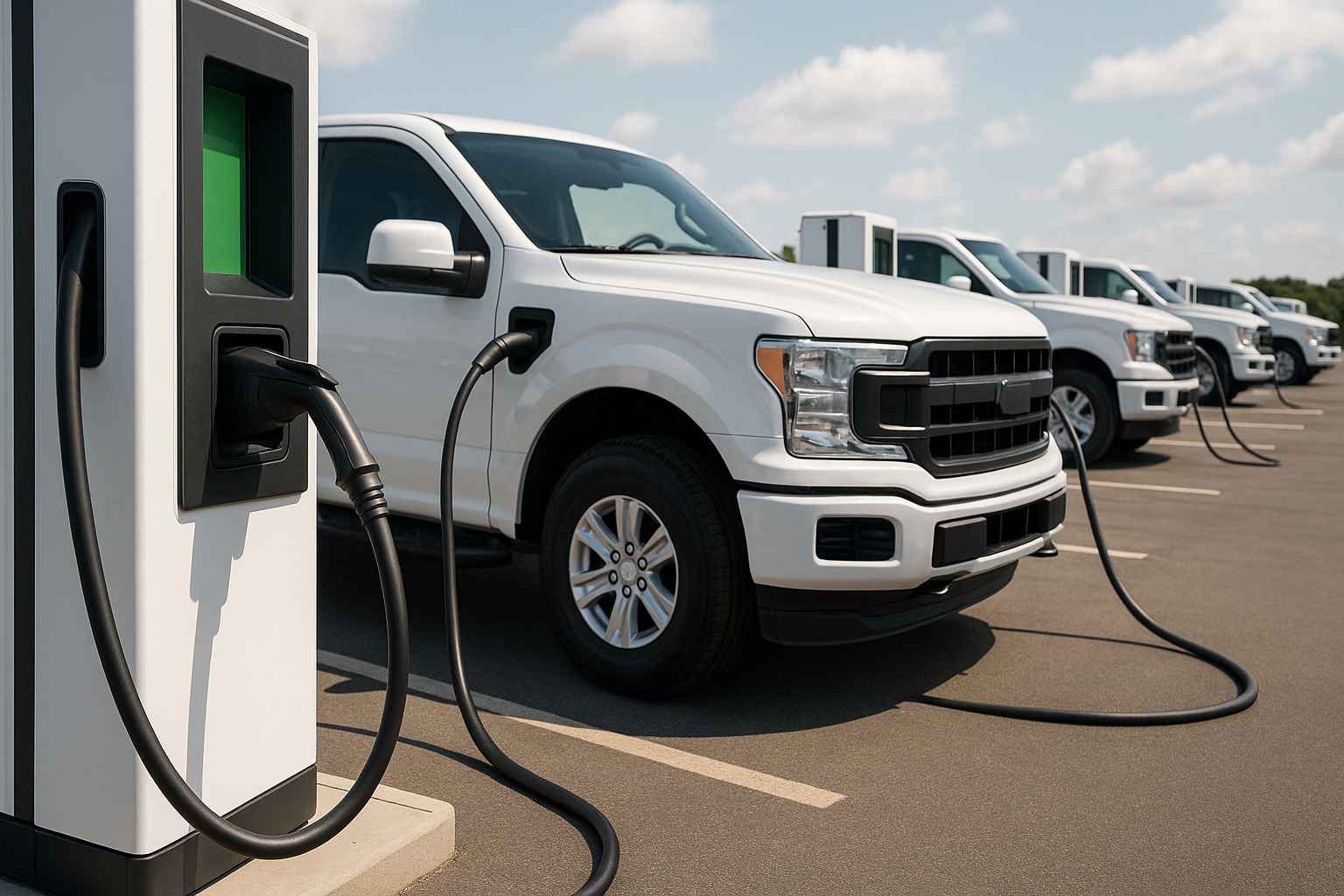All Roads lead to Roam: Can the US do interoperability?

As EVs become commonplace, a new standard is being formed for sharing information about charging stations across network operators. Previously, EV charging networks required loyalty to a brand. EV drivers had to download an app for each operator, and sign up for multiple accounts just to charge their vehicles. Charging networks were notoriously fickle, and did not share information with other operators. Imagine having to buy a new cell phone connection each time you ventured out of your hometown.
All that is now changing.
Axios reported in June this year that EV charging companies like Greenlots and Chargepoint are now allowing roaming access across their networks to catch up with Tesla, which already allows plug in and charge at any station. This new roaming partnership will cover 54,000 chargers in the U.S. and Canada, according to the same Axios article, and other carmakers are also expected to join in and establish payments via their own branded apps.
As CPO of Greenlots Kuan Archer noted, charging network interoperability is going to be crucial towards establishing greater EV adoption and reducing range anxiety. “Engineers and product leaders,” Archer wrote in Forbes, “quickly realized that connecting over 54,000 charging points across the U.S. and Canada would ease range anxiety, remove a major barrier to EV adoption and revolutionize future development of the charging infrastructure.”
In addition to establishing greater EV adoption and reducing range anxiety, roaming in the US will also support public charging stations. In an earlier eDRV post on roaming within India, we noted that interoperability can also be key to energizing the charging industry. By aggregating user demand through roaming, public charging stations can also get the most from the higher demand. EV drivers can choose the most convenient location for charging wherever they go, and sharing of information about stations can promote price transparency.
Although partnerships where charging providers agree to abide by the OCPI (Open Charge Point Interface) interoperability standard will be essential in bringing roaming to the US, the successful integration of interoperability in the country will depend on sound software solutions. This is why at eDRV, we lead with an open approach to information charging via our real time APIs. Our goal is to ensure operators relying on eDRV to run their business can seamlessly share high quality, real time information about public charging stations with apps such as Google Maps, Zapmap, and many more.
The charging ecosystem will need solutions that can provide EV drivers a seamless user experience from payments to finding their nearest charging point, and eDRV is playing its part.
eDRV supports the global adoption of OCPI as a free and reliable standard. Find out more about interoperability in the US and how our unique solutions offer network operators a multitude of flexible options to offer roaming for their EV driver customers.


.png)

.jpg)


